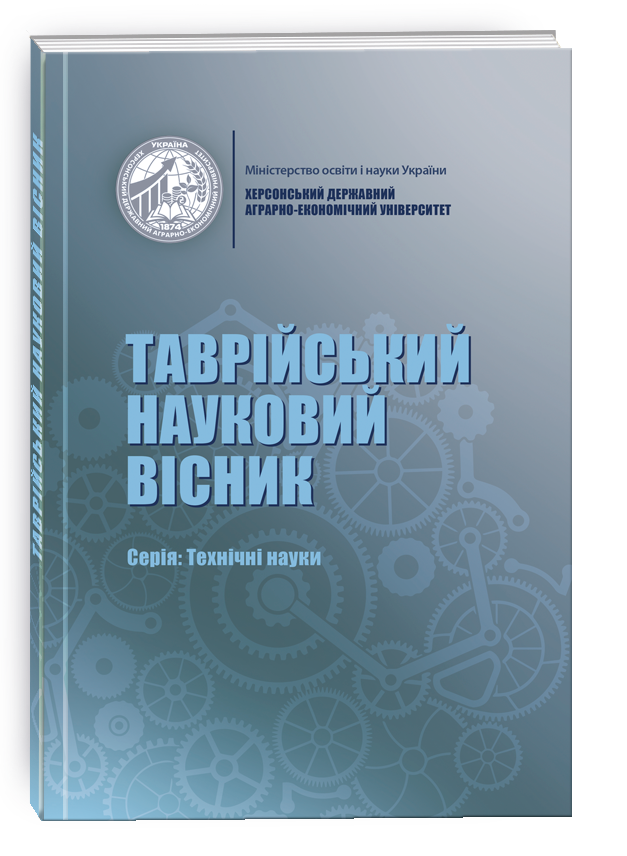THE USE OF PLANT COMPONENTS IN THE TECHNOLOGY OF MANUFACTURING FUNCTIONAL MEAT PRODUCTS
DOI:
https://doi.org/10.32782/tnv-tech.2024.2.22Keywords:
meat culinary products, dietary, plant components, organoleptic characteristics, physicochemical parametersAbstract
According to the principles of a rational or balanced diet, a person's diet should contain a certain amount of all essential nutrients. Currently, the insufficient intake of essential nutrients from food is a problem in all civilized countries. One of the ways to solve this problem is to develop foods enriched with the necessary components. The development involves replacing some ingredients with herbal supplements. This is a promising way to solve the problem of increasing the availability of meat products, expanding their range and increasing their nutritional value. The work is devoted to the substantiation of the introduction of plant components into the recipe of dietary meatloaf for restaurants. For the development of dietary meat dishes for restaurant serving, only chilled turkey meat and chilled veal were used, spices, salt and pumpkin and flax seeds were added to the minced meat, stewed pumpkin pulp, carrots and green apples were added for the filling. Products made according to the proposed recipe were compared with products according to the classical recipe. Comparative analysis determined the main indicators of the finished dish (organoleptic, physicochemical, structural and mechanical). The data of the tasting commission indicate that the introduction of vegetable mass in the form of a filling for meat rolls increases their taste properties, this is typical for both veal and turkey rolls. The moisture-binding and moistureretaining capacity of minced turkey meat systems is lower than that of veal and beef, but there is a general tendency to increase these indicators in minced meat systems in which flax and pumpkin seeds are introduced. The use of vegetable raw materials in the form of a filling for dietary meatloaf has a positive effect on the consistency and tenderness of the products.
References
Новікова Н.В., Єфимова А.Л., Антонова, Д.С. (2023). Розробка технології виробництва м’ясних напівфабрикатів із використанням рослинної сировини. Таврійський науковий вісник. Серія: Технічні науки, (1), 89–95.
Пересічний М., Федорова Д., Кандалей О. Функціональне харчування: теорія та практика. Вісник КНТЕУ. 2015. № 2. С. 96–104.
Новікова Н.В., Фещук Ю.А., Заверуха О.В. (2024). Оптимізація технології виробництва м’ясного хліба. Таврійський науковий вісник. Серія: Технічні науки, (5), 116–122.
Гречко В.В., Страшинський І.М., Пасічний В.М. (2019) Харчові волокна як функціональний інгредієнт у м’ясних напівфабрикатах. Технічні науки та технології. №. 2 (16). С. 154–164.
Нечепуренко К.Б., Пивоваров П.П. (2014) Технологічні аспекти утворення структурованих емульсій у складі м’ясних січених виробів. Восточно-Европейский журнал передовых технологий, 2(12 (68)).
Паска М.З. Маслійчук О.Б. (2016) Мінеральний склад м’ясних посічених напівфабрикатів з додаванням люпинового борошна та дивосилу. Науковий вісник Львівського національного університету ветеринарної медицини та біотехнологій імені С.З. Ґжицького. 18 /1 (65), 4. С. 102–107.
Поварова Н., Дерев’янко К. Використання амаранту, як додаткового джерела рослинного білку у ковбасному виробництві «Проблеми і практичні підходи виробництва та регулювання використання харчових добавок в країнах Європейського Союзу та в Україні»: мат. І Міжнародної науково-практичної конференції, (25 жовтня 2023 р., Київ) К.: НУХТ, 2023.







